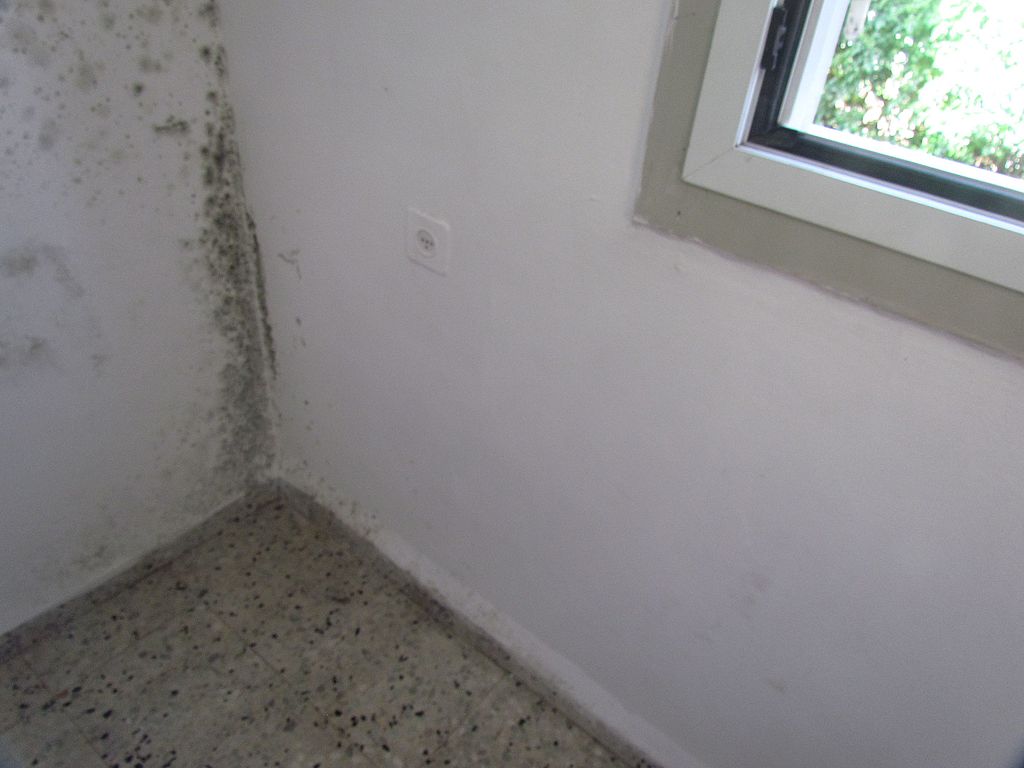Mould is a kind of parasite that breaks down dead organic materials. It goes through the air as spores and develops when it lands on a damp surface. It’s framed because clammy, warm, cool give the best climate for it to create.
Our homes likewise offer the ideal put-for-shape to benefit from materials like residue, floor covering, and wood.

Do you live in a space close to water? This can likewise mean usually high dampness levels in the air, with the potential for mold spores to enter and develop from mold spores in your home.
Assuming a surface has been wet for more than 24 hours, that is when mold will probably start creating and typically implies an issue with soggy.
The mold development will continue until it’s taken out by cleaning and drying. So your question how to get rid of mould is answered below:
There are numerous medicines you can use for a mold. For a substance-based treatment, purchase an instant arrangement or make your own.
To make your sanitizer answer for disposing of form on walls:
If you incline toward a home-made arrangement, here are a few modest elective cures you can use all things considered:
The buildup is the most well-known kind of dark form on walls. It gets going as spots and can immediately spread over enormous regions, assuming it’s left untreated.
It ordinarily develops on walls around windows, behind furnishings, on the roof, and in the top corners of rooms. What’s more, assuming that it’s brought about by rising sodden, it grows up outer walls from the avoiding board.
Tip: Whichever treatment you pick, consistently safeguard yourself with elastic gloves, goggles, and a residue cover. Likewise, it would be best to open a window for ventilation while you work.
Form loves restrooms since they give the ideal soggy circumstances to develop.
And surprisingly, the newest room will hold onto the dark mold in washroom breaks and fissures, for example, plug openings, shower hoses, and around the foundation of taps.
To eliminate shape from tiny regions in the washroom, utilize any substance-based medicines or home-made cures referenced already for walls, for example, blending one-section blanch to four-section water.
Shower the arrangement on the impacted region and leave it for 30 minutes. Then, at that point, utilize an old toothbrush to eliminate the mold and wash it away with water.
Mould can develop inside the showerhead, and even though it’s typically covered up, it discharges hurtful spores each time you shower.
The best technique is to eliminate the head from its hose and unscrew the part where the water comes out.
Drench the two sections in one of the treatment arrangements and leave it for a long time. Then, at that point, clean the form away with an old toothbrush.
Mould is a typical issue in homes that you shouldn’t overlook. In addition to the fact that it looks unattractive, it might also cause genuine medical problems.
Mould can be unsafe to anybody; however, coddles, the older and individuals with sensitivities are especially in danger.
Assuming that it’s contacted or breathed in, it can set off an unfavorably susceptible response, cause skin rashes, aggravate the eyes, nose, and throat, and trigger hacks and breathing troubles.
Those who live in homes with mold and moisture also increase respiratory issues and asthma. It’s essential to handle form rapidly to stay away from its opportunity to spread and harm the surfaces it’s becoming on.